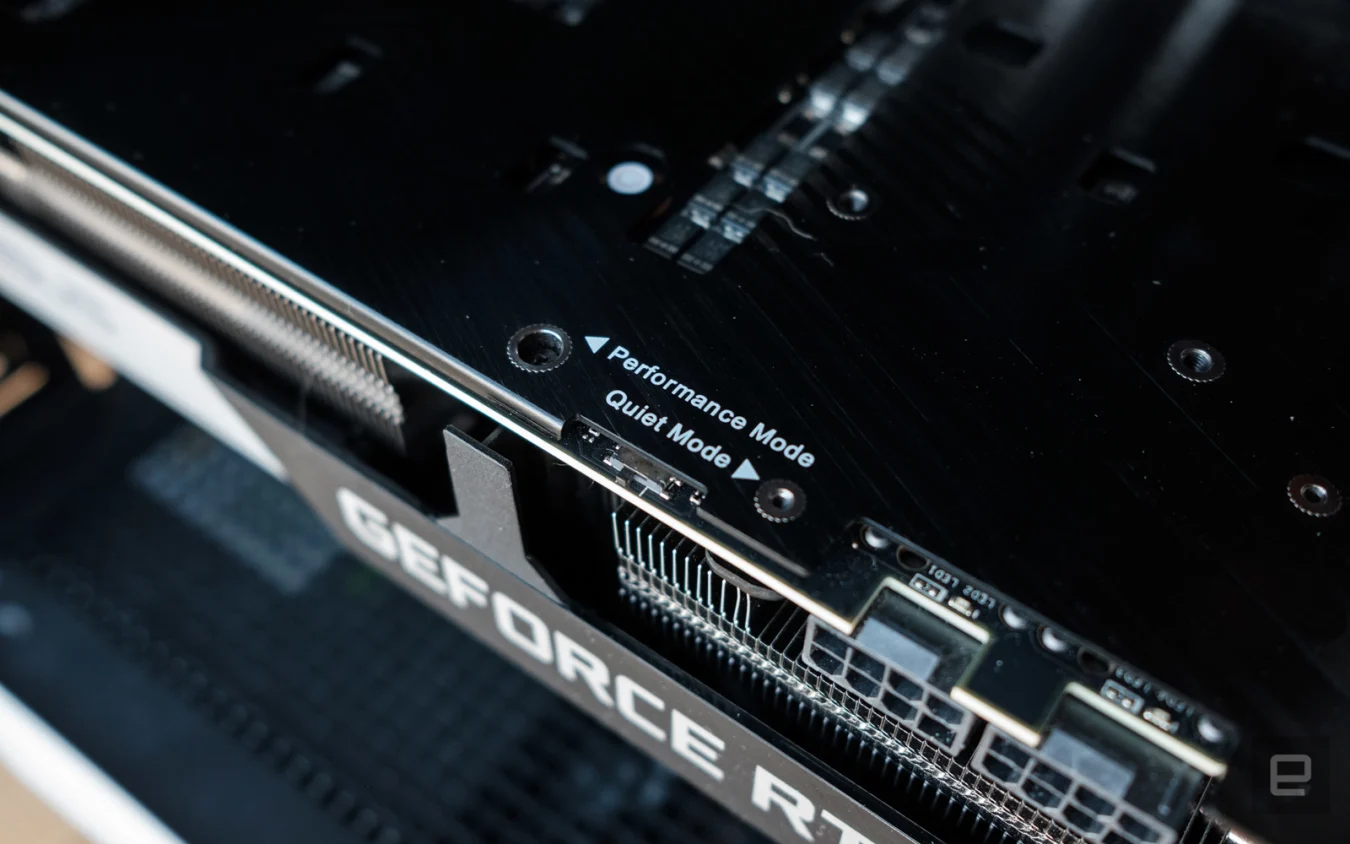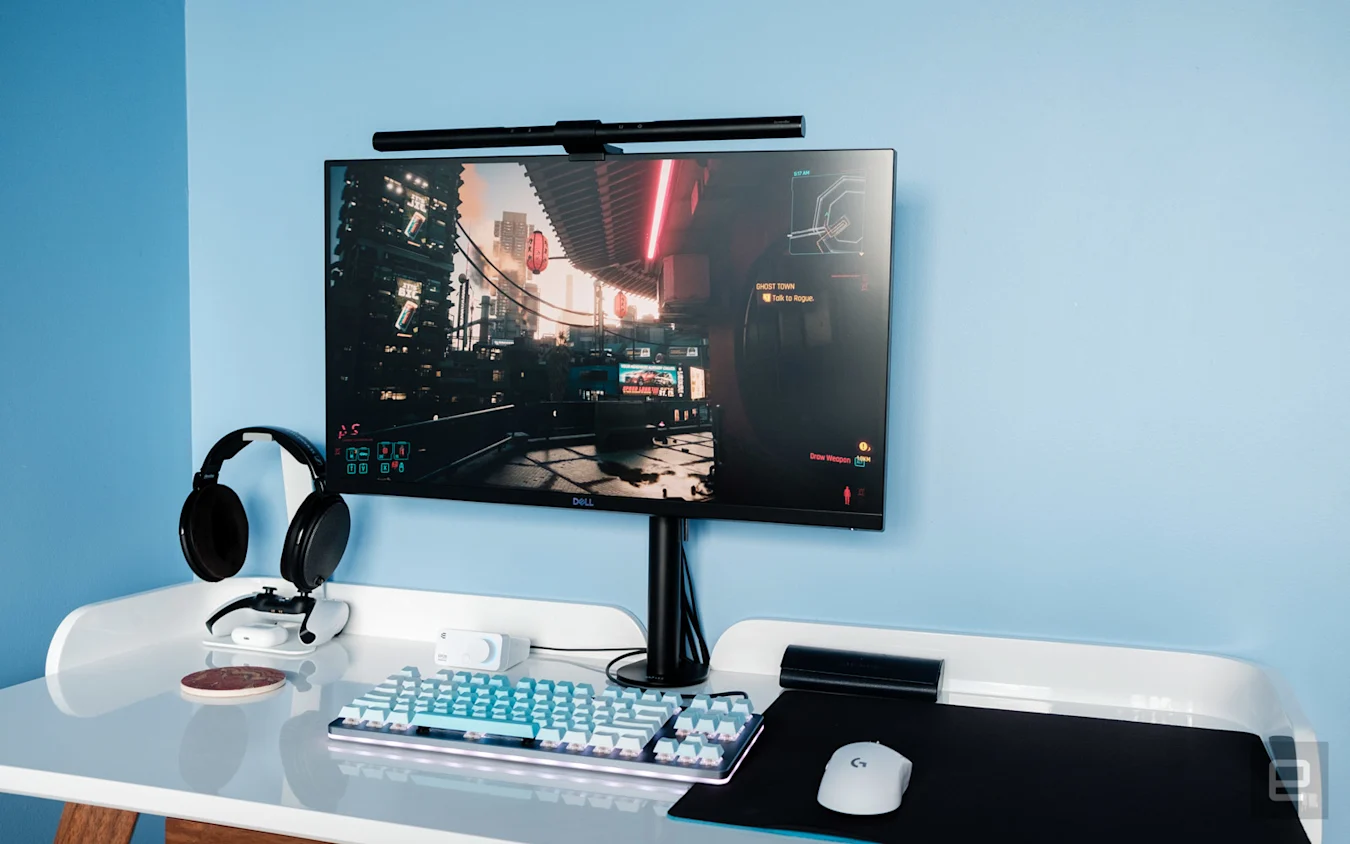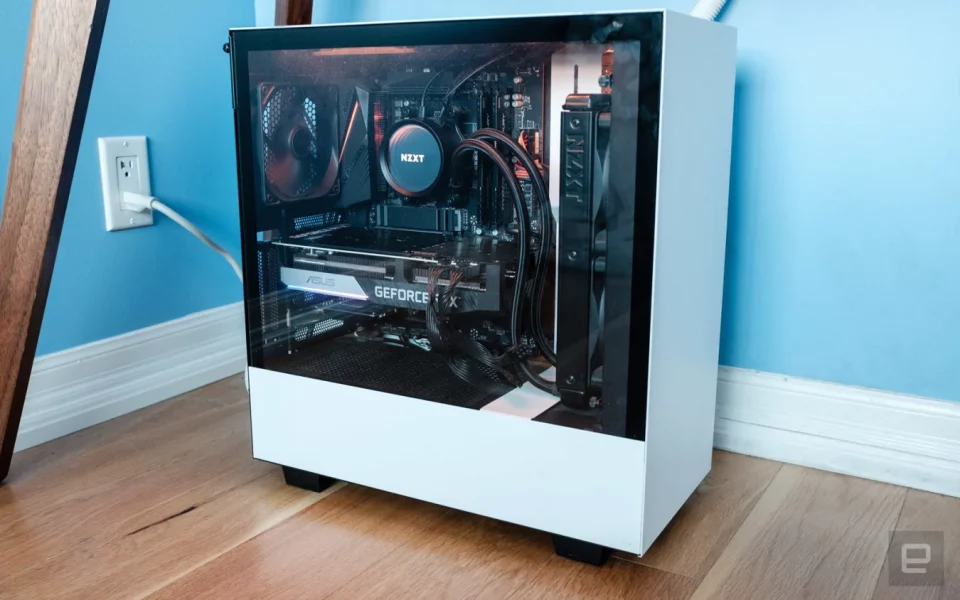All products recommended by Engadget are selected by our editorial team, independent of our parent company. Some of our stories include affiliate links. If you buy something through one of these links, we may earn an affiliate commission.
It only took about two years, but I finally bought an NVIDIA RTX 3070 last month. Along the way, I tried almost everything I could to get my hands on one at the actual retail price. I joined Discord servers dedicated to posting stock alerts. I found Twitter accounts that did the same for Canadian retailers. But no matter how persistent I was, I could never beat everyone else who wanted a 3070 just as much as I did. By the time summer came, I was ready to give up, and I would have if not for the crypto crash.
Igor Bonifacic / Engadget
If you haven’t followed the market, Bitcoin and Ethereum’s slide has dramatically affected GPU prices, particularly on the NVIDIA side of things. The company’s add-in board partners, firms like ASUS and EVGA that produce the majority of GPUs you can buy, are reportedly struggling with overstock after crypto-miners flooded the used market with cheap 30-series video cards. According to some reports, the issue is so bad that NVIDIA may push back the release of its next-generation Ada Lovelace architecture to the end of the year to give its partners time to sell their existing stock. Either way, you can buy a current-generation GPU without jumping through hoops for the first time in nearly two years.
When I finally pulled the trigger on my ASUS Dual RTX 3070, I paid $740 CAD before tax or about $565 USD. I probably could have found a used model for less, but I decided I was okay with spending more to get a video card with a full warranty that someone hadn’t abused for crypto-mining.

Igor Bonifacic / Engadget
What you probably what to know is why I didn’t wait a bit longer for NVIDIA’s next-generation GPUs to arrive. The answer is twofold. Unless the US decides to regulate cryptocurrencies, it’s hard to see a future where the market doesn’t recover and mining becomes lucrative again. Even if that doesn’t happen, by the time NVIDIA’s new GPUs are available to buy, they might not be easy to find.
All signs point to the company opening the Ada Lovelace generation with RTX 4090, 4080 and 4070 models. Not only will those likely to be more expensive than their 30-series counterparts, but you can also bet they’ll be in high demand among gamers who want the latest and greatest – particularly the 4070 as the most mainstream model of the trio.
For those reasons, I thought there would be a short window where I could buy a new GPU at a reasonable price. That I was running a GTX 1660 Ti with a QHD monitor made my decision easier. I was starting to see the 1660 Ti sometimes struggled to maintain a consistent rate of 60 frames per second in games like Star Wars Jedi Fallen Order at 1440p. The fact the 1660 Ti doesn’t include NVIDA’s DLSS upscaling technology also meant I was looking at a future where I would have to play some games at reduced quality.

Igor Bonifacic / Engadget
I can safely say I won’t regret buying the RTX 3070 with its successor right around the corner. Playing games like God of War with all graphical settings maxed out and without a single hiccup has been delightful. Even more revelatory has been revisiting games like Control and finally being able to experience them with ray tracing. Sometimes I think we get so caught up trying to pull off the perfect purchase that we don’t buy the product that would serve our needs well right now. I’m glad I didn’t fall into that trap.
